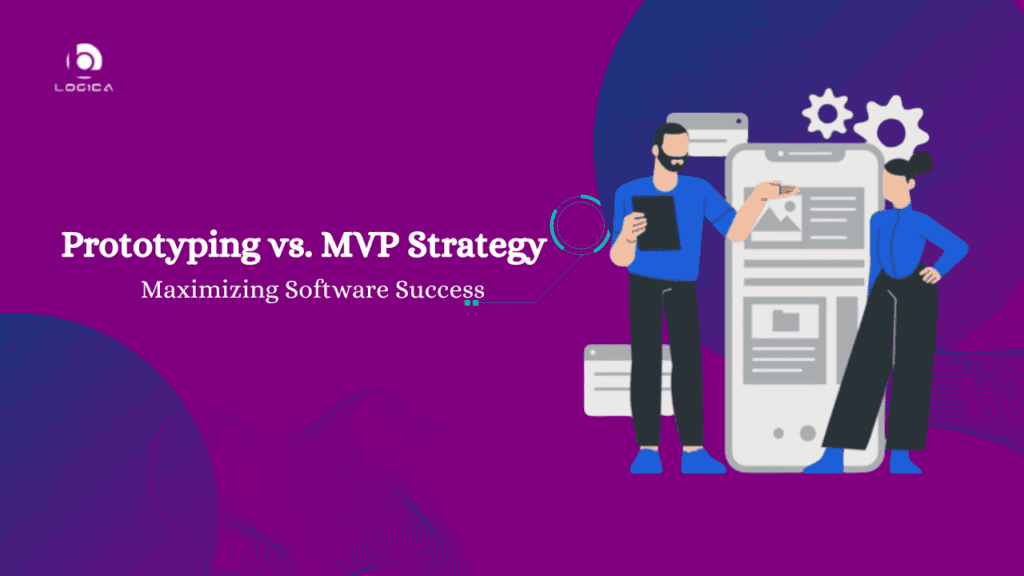Introduction
Choosing the right development strategy is crucial for the success of any software project. In this blog post, we will delve into the Prototyping and Minimum Viable Product (MVP) strategies to understand their advantages, disadvantages, and how they impact software development.
Definition of Prototyping and MVP Strategies
Prototyping involves building a working model of the software to gather user feedback and refine requirements. On the other hand, MVP focuses on releasing a minimal version of the product to test its viability in the market.
Importance of Choosing the Right Development Strategy
Selecting the appropriate strategy can significantly impact project success, resource allocation, and cost management.
Overview of the Advantages and Disadvantages of Prototyping and MVP
Each strategy offers unique benefits and drawbacks that must be carefully considered before implementation.
Understanding Prototyping in Software Development
Prototyping is a dynamic process that involves developing an initial version of the software to gather feedback and iterate on designs.
The Prototyping Process
Prototyping starts with defining requirements, followed by developing a working model, testing with users, refining designs, and repeating the cycle.
Benefits of Prototyping
- Improved User Feedback: Prototypes allow users to interact with the software early on and provide valuable insights.
- Faster Decision Making: Rapid prototypes help in making quick design decisions and identifying potential issues.
- Cost-Efficiency: Addressing design flaws early in the process can save time and resources in the long run.
Challenges of Prototyping
- Scope Creep: Constant changes to the prototype can lead to increased scope, timeline delays, and budget overruns.
- Time Constraints: The iterative nature of prototyping may require additional time for feedback collection and revisions.
- Resource Allocation Issues: Balancing resource allocation between prototype development and final product creation can be challenging.
Exploring the Minimum Viable Product (MVP) Strategy
MVP focuses on creating a basic version of the product with essential features to test its market viability.
What is an MVP?
An MVP is a stripped-down version of the software that aims to validate the core idea and gather user feedback for further development.
Benefits of MVP Strategy
- Early Market Validation: MVP helps in validating the product idea before investing heavily in development.
- Cost-Effectiveness: By focusing on essential features, MVP reduces development costs and minimizes waste.
- Allows for Iterative Development: Feedback from MVP users can drive future iterations and feature enhancements.
Drawbacks of MVP
- Limited Feature Set: The basic nature of MVP may not fulfill all user requirements, leading to potential dissatisfaction.
- Potential Risks: Launching an MVP without proper market research can result in failure and negative user perception.
- Customer Expectations: Users may have high expectations for the final product, causing disappointment with the basic MVP version.
Comparing Prototyping and MVP Strategies
When choosing a development strategy, various factors need to be considered, such as project type, budget constraints, and time limitations.
Factors to Consider When Choosing a Development Strategy
- Project Type: Complex projects may benefit from prototyping, while simple projects might align better with the MVP approach.
- Budget Constraints: MVP is cost-effective for startups and small businesses, while prototyping may require more initial investment.
- Time Constraints: MVP can be quicker to develop and launch compared to prototypes that involve multiple iterations.
Key Differences Between Prototyping and MVP
Prototyping focuses on refining the product through user feedback and iterative design, while MVP prioritizes market validation and cost-effective development.
Conclusion
In conclusion, selecting the right development strategy between Prototyping and MVP can significantly impact the success of a software project. By understanding the advantages, disadvantages, and key differences between the two approaches, software development teams can make informed decisions that align with project goals and constraints.
Summary of Key Points
Choosing between Prototyping and MVP involves considering factors like project type, budget, and time constraints. Both strategies offer unique benefits and challenges that must be weighed carefully.
Recommendations for Software Development Teams
Integrating prototyping for refining designs and user feedback with MVP for market validation can result in a balanced approach that maximizes success.
Future Trends in Development Strategies
As technology evolves, development strategies will continue to adapt to meet changing user expectations, market demands, and technological advancements.
FAQs
- Which development strategy is best for startups?
- How can software development teams integrate both prototyping and MVP strategies?
- What are the common challenges faced when using prototyping or MVP strategies in software development?
Remember, the key to success lies in choosing the right development strategy that aligns with the project requirements and goals. Whether you opt for Prototyping or MVP, ensuring that user feedback, cost management, and iterative development are central to your approach will lead to software success.
Take the first step towards a successful and profitable product
Prototyping and MVP development are invaluable practices that significantly enhance the likelihood of project success, each serving distinct purposes in the early stages of development.When you’re ready to supercharge your project’s early stages with professional advice and cutting-edge technological expertise, don’t hesitate to connect with LogicaBeans. We’re here to fuel your journey to greatness.










